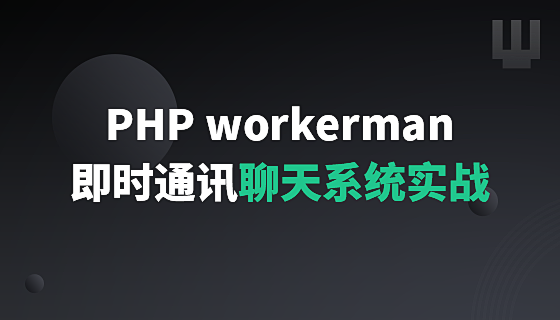用?new?Object()?來創(chuàng)建對象
在javascript里有幾種創(chuàng)建對象的方法,在不同的場合可用不同的方法.最簡單的就是用?new?操作符,例如:

![ThinkPHP5快速開發(fā)企業(yè)站點[全程實錄]](https://img.php.cn/upload/course/000/000/068/6253d918a3ce7278.png)


微信掃碼
關(guān)注PHP中文網(wǎng)服務(wù)號
 技術(shù)交流群
技術(shù)交流群
QQ掃碼
加入技術(shù)交流群




Copyright 2014-2025 http://m.miracleart.cn/ All Rights Reserved | php.cn | 湘ICP備2023035733號